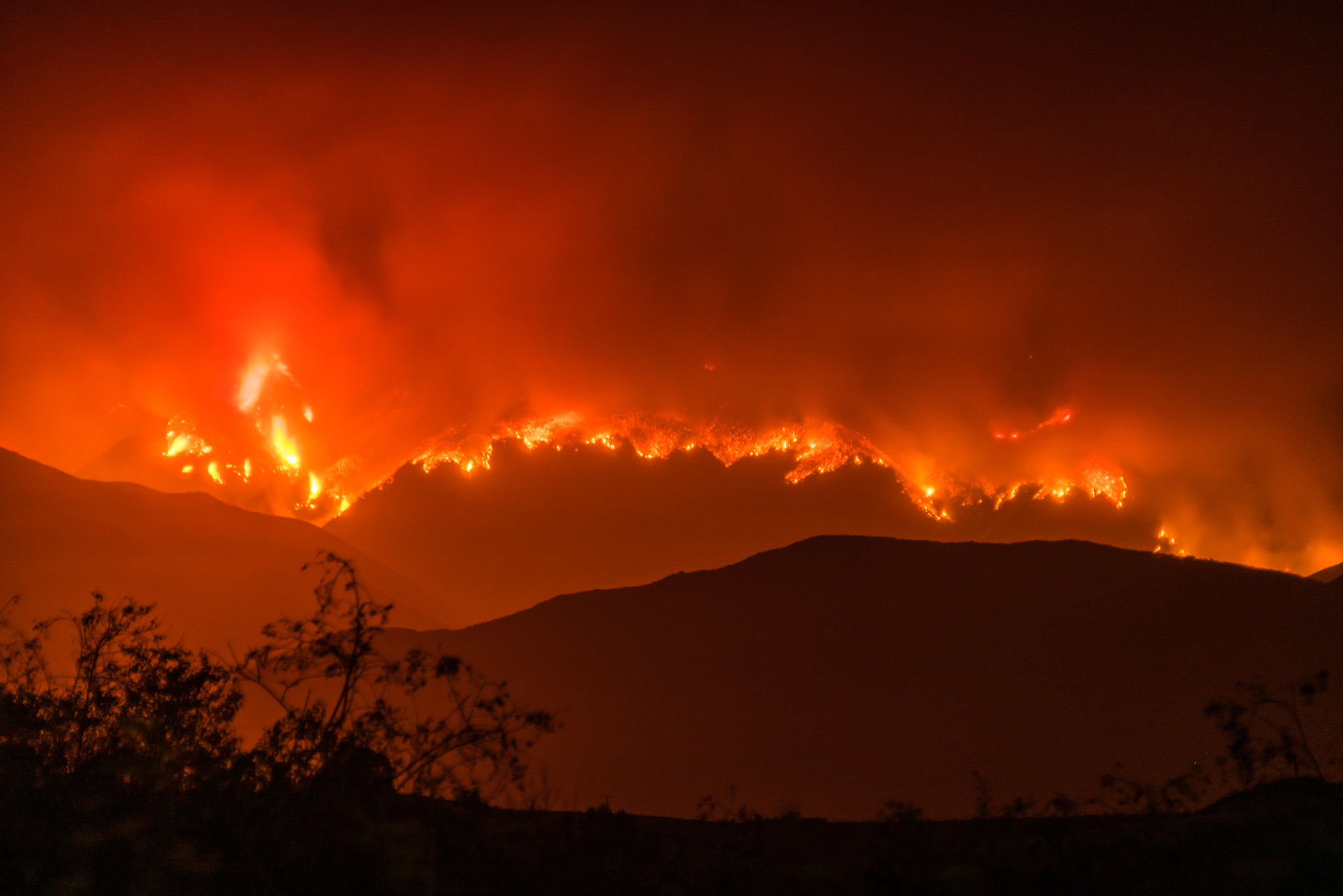The toll from the wildfires is staggering: More than 18,000 structures were burned, 53 square miles were incinerated, 30, maybe more, people were killed, a couple of hundred thousand were evacuated.
For the latter, there are pieces to pick up. Some estimates say more than 11,000 homes were destroyed.
Politicians, from Sacramento to the neighborhood level, vowed they would oversee a rapid recovery. Los Angeles Mayor Karen Bass promised in early March that a “One-Stop Rebuilding Center” would be “another way we are cutting red tape & keeping our commitment to doing everything we can to rebuild the Palisades as fast as possible.” Gov. Gavin Newsom also pledged to accelerate the rebuild.
About one-fourth of nearly 400 permits to rebuild in the Pacific Palisades neighborhoods within the city limits have been approved. Beyond the city, things are dragging on at an even slower pace.
As of July 8, the county’s permit progress dashboard showed that out of 1,030 rebuilding applications received, only 91 had been approved, 78 for the Eaton fire victims, 13 for those in the Pacific Palisades. The average turnaround time from applying to receiving a permit was 51 business days, six more than in late June, for Eaton locations.
By the same date, 82 applications had been made for temporary housing, with 50 approved and only four set up.
On July 3, KCRW reported that “a majority of lots” where homes were destroyed in Altadena by the Eaton fire “have been cleared.” Yet for the “homeowners hoping to rebuild, the hard work remains: slogging through insurance paperwork and government permits.”
One couple has encountered “frustration after frustration after frustration.” Len Silvernail and Diane Toomey, who had a home near Rubio Canyon, “were among the first to turn in their application to rebuild, with a goal to be back in their home by the first anniversary of the fire,” says KCRW, but they became ensnarled in red tape. After submitting their plans to the county Department of Building and Safety, it didn’t take long for things to bog down to a DMV-like slow-motion shuffle. “There’s probably five or six or seven more steps after Building and Safety,” Silvernail says, “just to get the okay to build the house back the way they want the house built.”
Comedian and podcaster Adam Carolla predicted on the morning after he was forced to flee his home in January that the progressive voters whose beach houses were burned out were going to have to go through a “thousand permits and a thousand arguments and a thousand discussions with the Coastal Commission” before the “first load of lumber” arrived so they could begin to rebuild.
Carolla went back this month and toured Malibu, which was ravaged by the Palisades fire, “because I realize we were right about at the six-month anniversary of destruction and nothing is going on over there.”
Maybe the most “California” story of all is the account of the Palisades home that Bass used a little more than a month ago to showcase government “action to cut red tape and expedite the permitting process to get families home.” The owner, however, believes his experience is not a sign of a breakthrough but an anomaly.
“I don’t agree that there are a lot of homes popping up,” Walter Lopes told the New York Post, which reported “he isn’t buying Bass’ narrative that rebuilding is going swiftly and smoothly.”
“Other homeowners say they’re still in California bureaucratic hell – waiting for the government to clear debris, test for toxic chemicals left behind, fighting with insurance companies over payouts and trying to navigate the Golden State’s notoriously punitive homebuilding restrictions,” says the Post.
At least the city and county are waiving permitting fees for the victims – which can be quite steep, if not downright punitive – and refunding money to those who have already paid. That will take some of the sting out of what for many is the most arduous trial of their life.
But that won’t get people back in their homes any sooner.
Kerry Jackson is the William Clement Fellow in California Reform at the Pacific Research Institute and co-author of The California Left Coast Survivor’s Guide.

